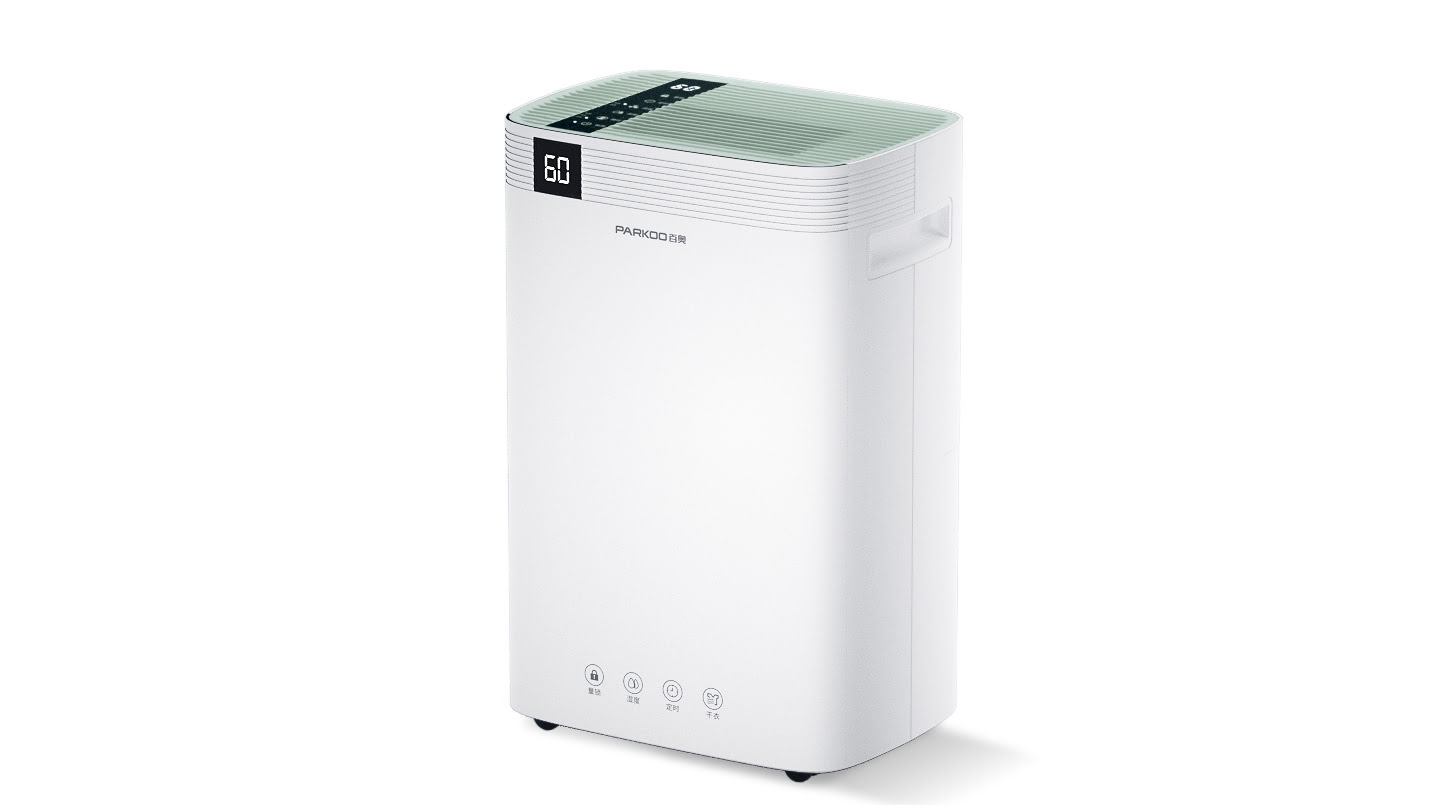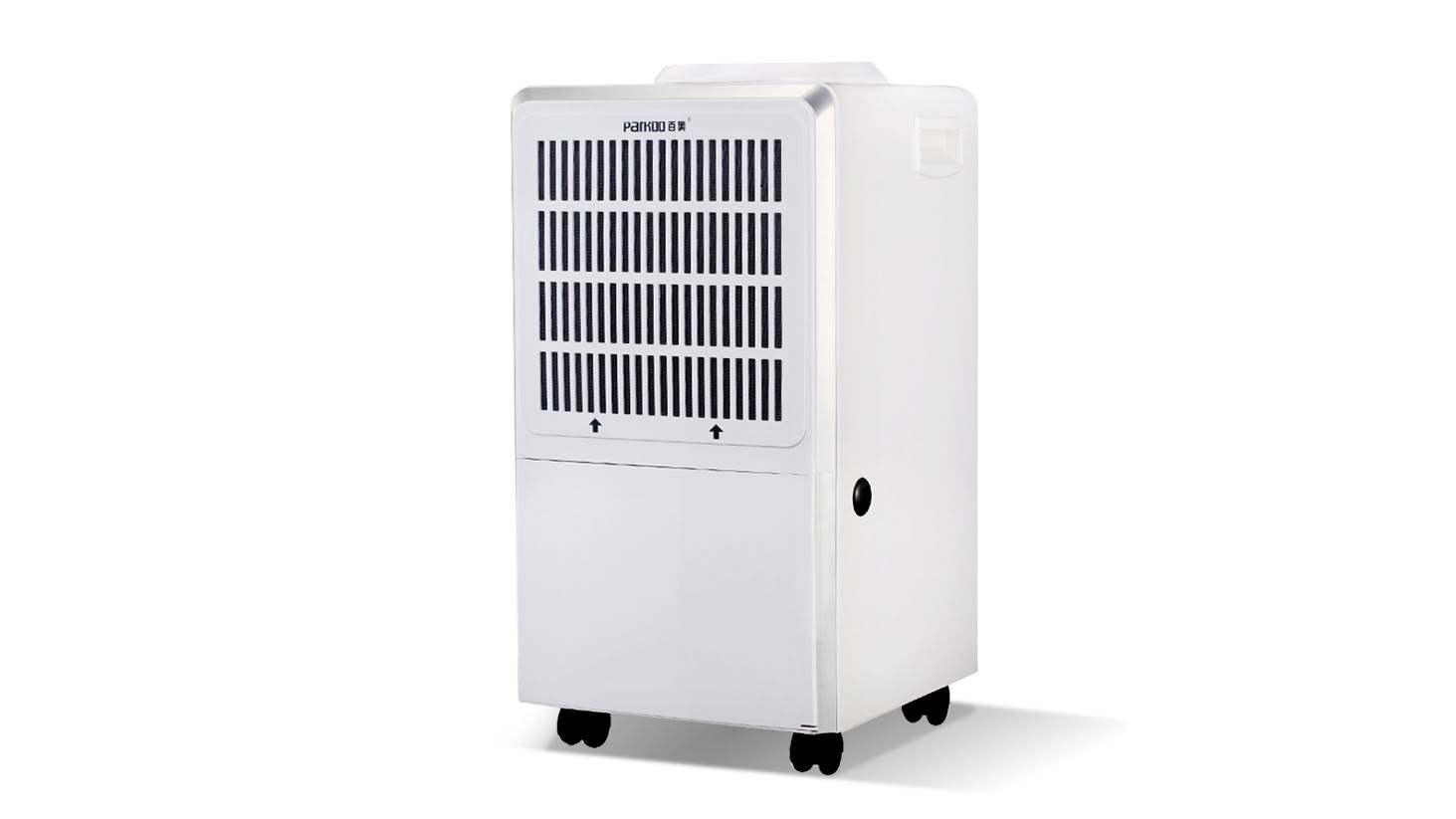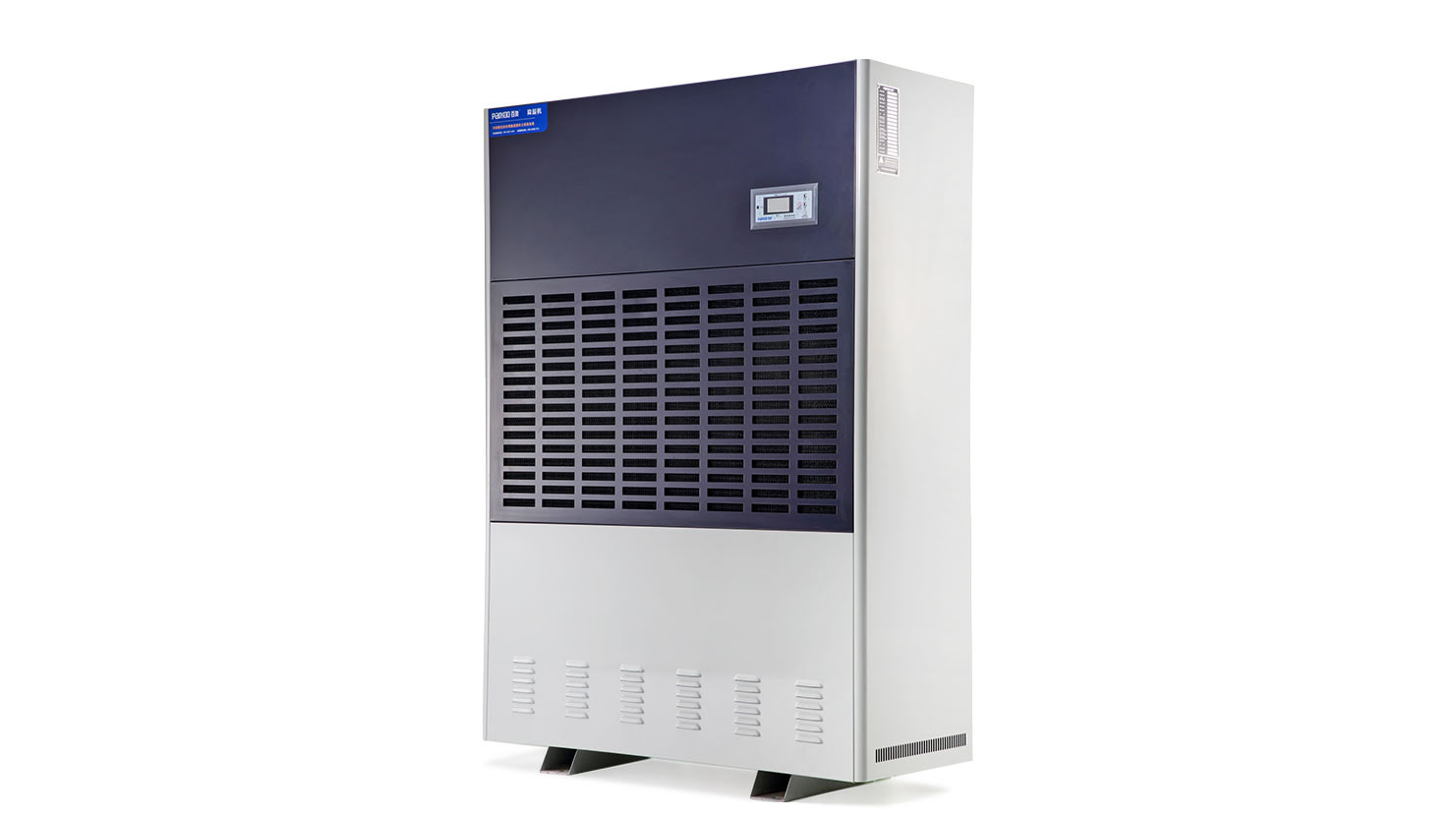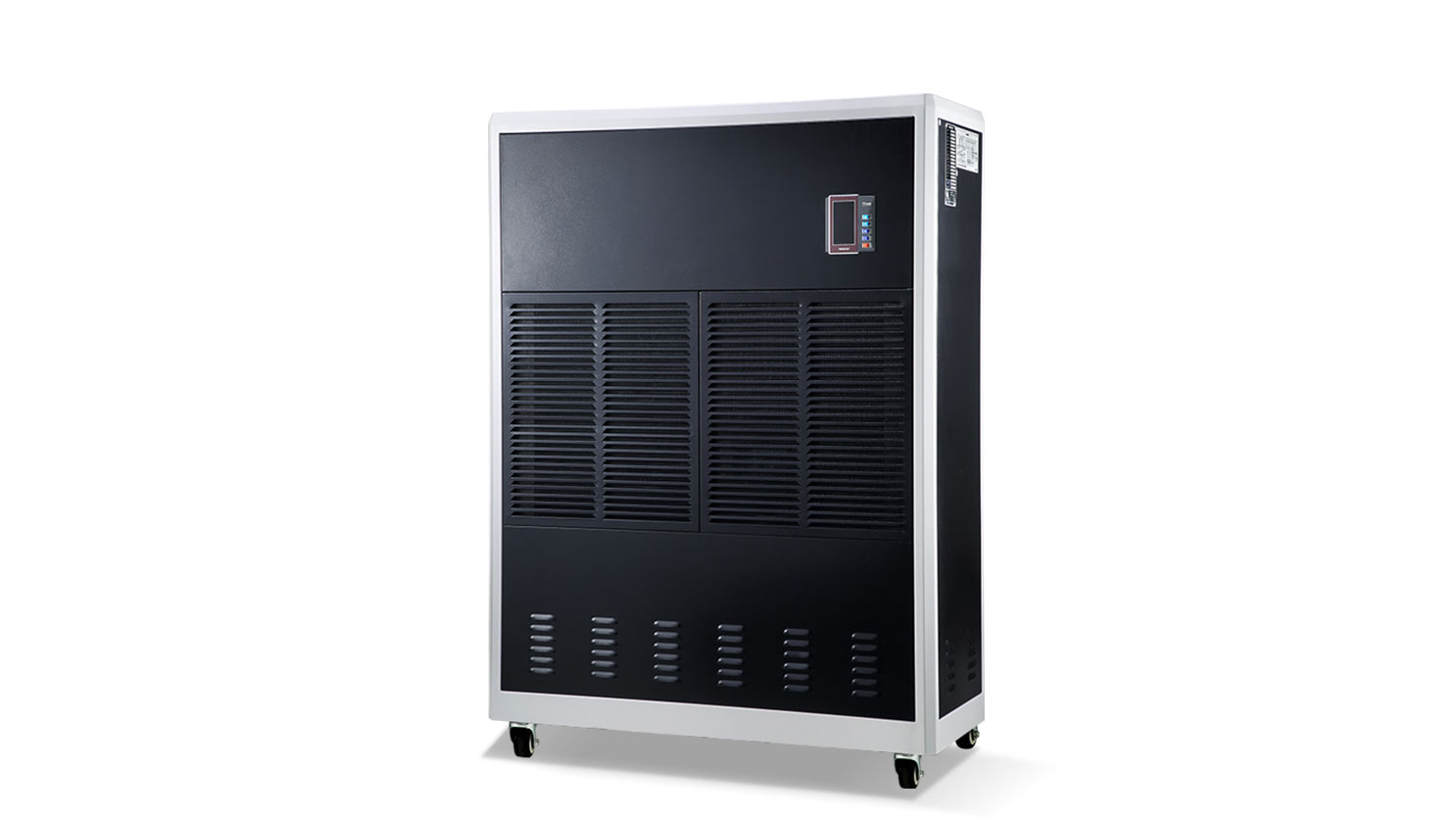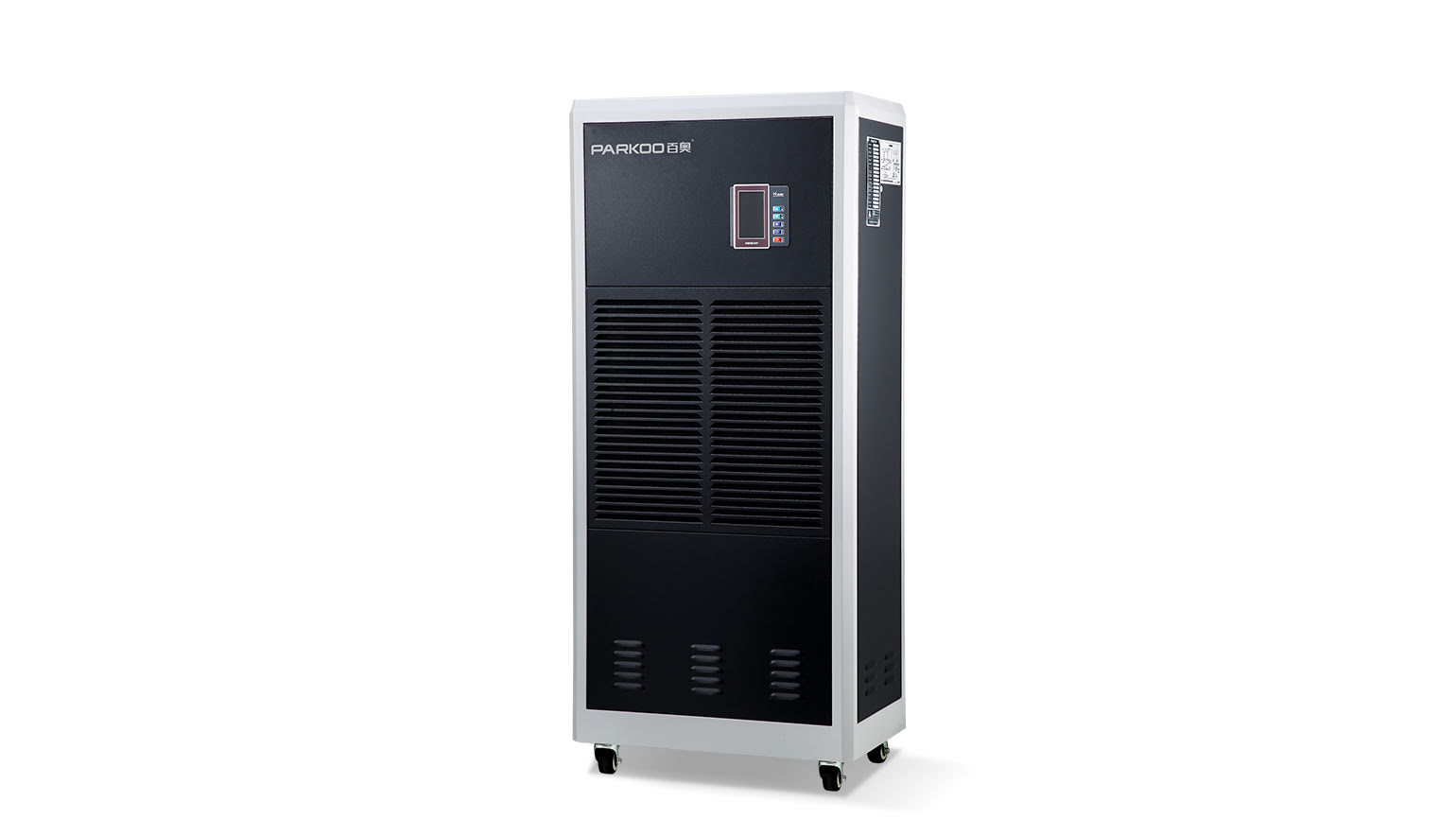during the winter months, heaters and low temperatures may Cause dry air with low huMidity. Dry air can cause dry skin, inflammation of the sinuses and throat, and itching of the eyes
over time, exposure to low humidity may cause dryness and inflammation of the mucous membranes in the respiratory tract. when this natural barrier cannot function properly, it increases the risk of catching colds, influenza, and other infections. In addition, under low humidity, certain viruses may survive for longer periods of time, fuRTher increasing the risk of infection For example, a study found that influenza viruses can survive longer and spread more easily when humidity levels are low. According to a study, nasal congestion may also be related to the temperature and humidity of the inhaled air - possibly more than other variables The authors of the study believe that the interaction between temperature and humidity can affect the "nasal Cooling" of air passing through the nasal cavity. This cooling of the nasal cavity is detected by the "sensor" inside the nose, which can stimulate the feeling of airflow, which is not easily blocked, while cooler air reduces the feeling of blockage
Although high humidity can cause nasal congestion, dry air (i.e. low humidity) can also increase congestion, as the dry sinus membrane further stimulates them.
. Therefore, depending on your specific situation, if the air at home is too dry, increasing humidity may be helpful
Dry air?
? How to increase humidity
If the air at home is too dry, There may be dry skin or dry throat, itching. You may also have noticed that your indoor Plants have dried out, their edges have peeled off, or Static Electricity directly causes dry air
If you have hardwood flooring or wooden Furniture, low humidity can cause them to lose Moisture and shrink, leading to cracks or separation at joints.
. It should be pointed out that although low humidity is most common in winter, this situation can also occur Due to excessive air Conditioning, dry, dry Environments, or summer. To increase humidity, you can:
use an evaporator or humidifier
create a sTeam bath through a Hot water shower, or fill your sink with hot water, and then when you lean against the sink, place a towel on your head
Inhale Steam from a cup of hot tea
Boil water on your stove or simply place water at your home
Tips for solving dry winter skin
If your skin is dry at low humidity, use the above tips to increase humidity.
. Please remember that this is not only Important for your skin, but also for protecting the integrity of the mucosa to reduce your risk of infection. When it Comes to dry skin problems, animal based ω- 3 fats (such as shrimp oil) can play a very important role. Besides drinking a large amount of water, this may be one of the best ways to hydrate the skin from the inside outFatty acids help normalize your skin fat and Prevent cell dehydration.
. This makes your skin cells strong and hydrated, which can help reduce the appearance of fine lines. Fatty acids can also help calm irritated skin, giving you a clearer and smoother complexion with polite anti-inflammatory activity. So, as a first step, if you struggle with dry skin, make sure you are taking enough ω- 3 fats. In cold and dry winter, you may Need to increase the dosage
If your skin is dry now, a simple remedy is Pure Coconut oil, which can be used as a wonderful all natural "anti-aging" moisturizer for topical Application. When absorbed into your skin and connective tissue, Coconut oil Helps reduce fine lines and wrinkles, and helps Keep your connective tissue strong and soft. It also helps to exfoliate the outer layer of dead skin cells, Making your skin smoother
Moisturizing your skin from the inside out can make low humidity more durable, making you more comfortable, while adjusting the humidity level in your home.
